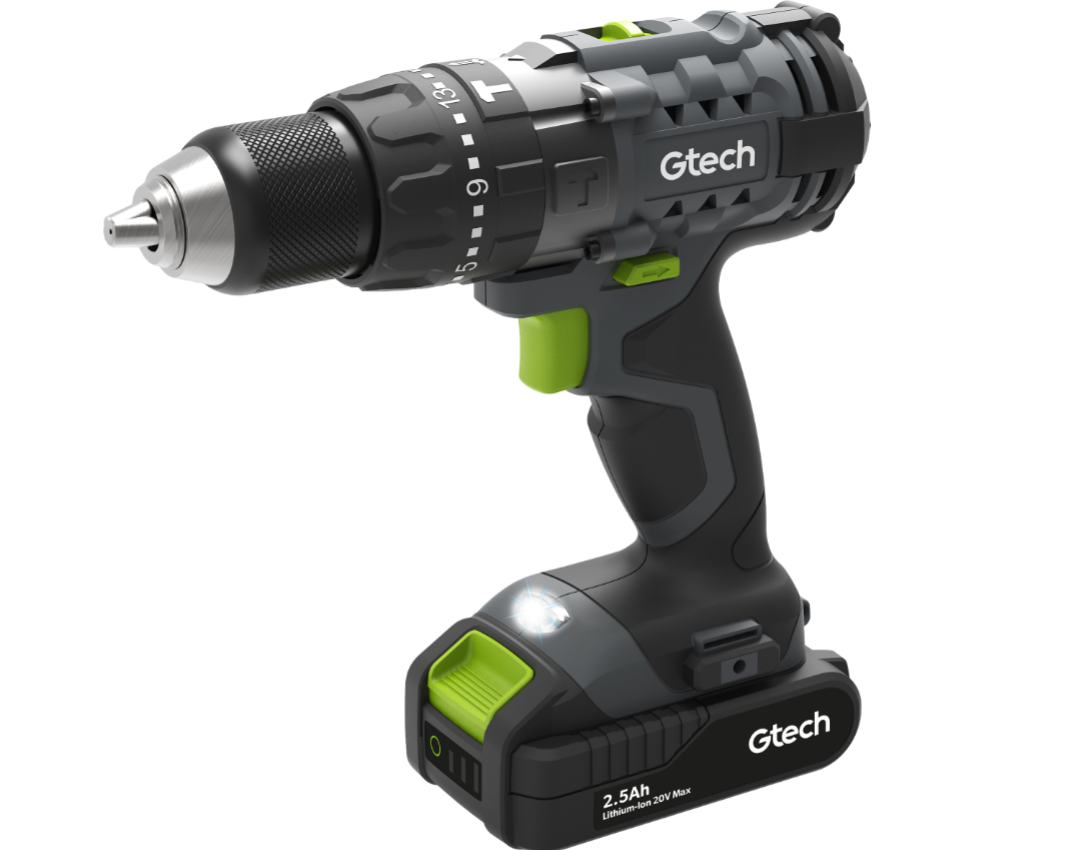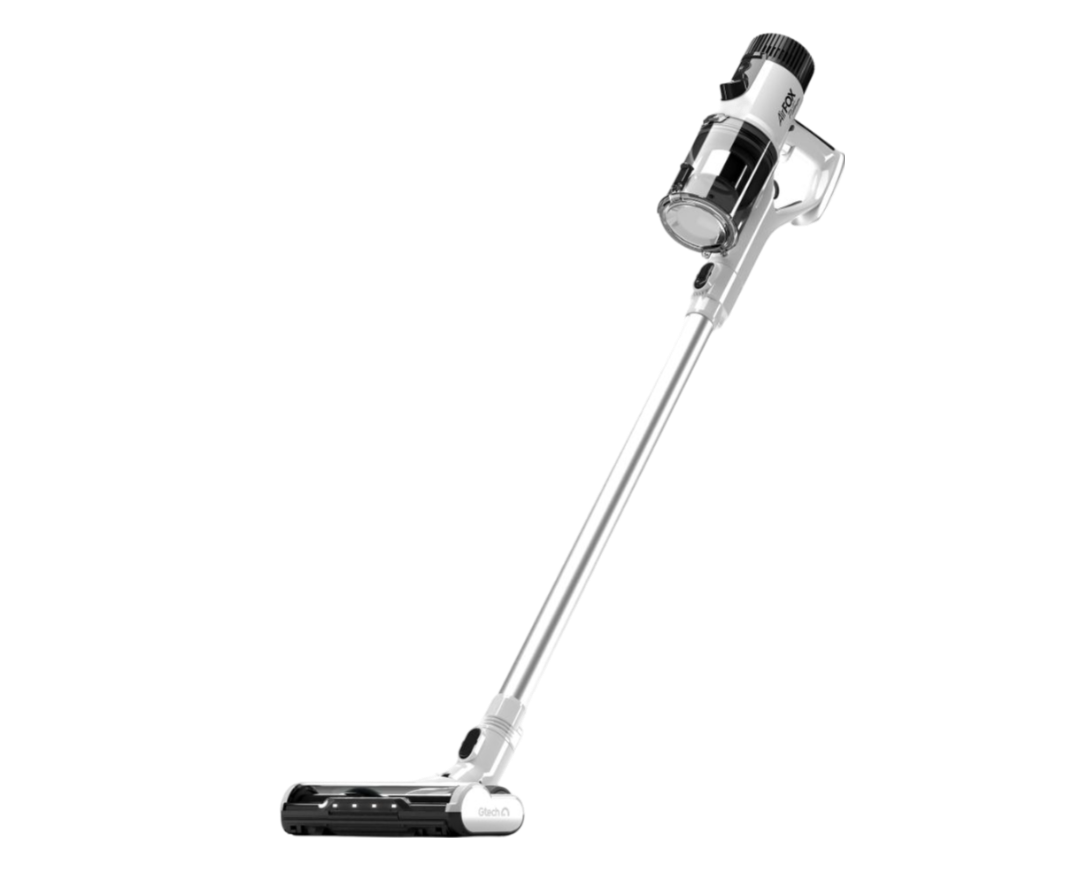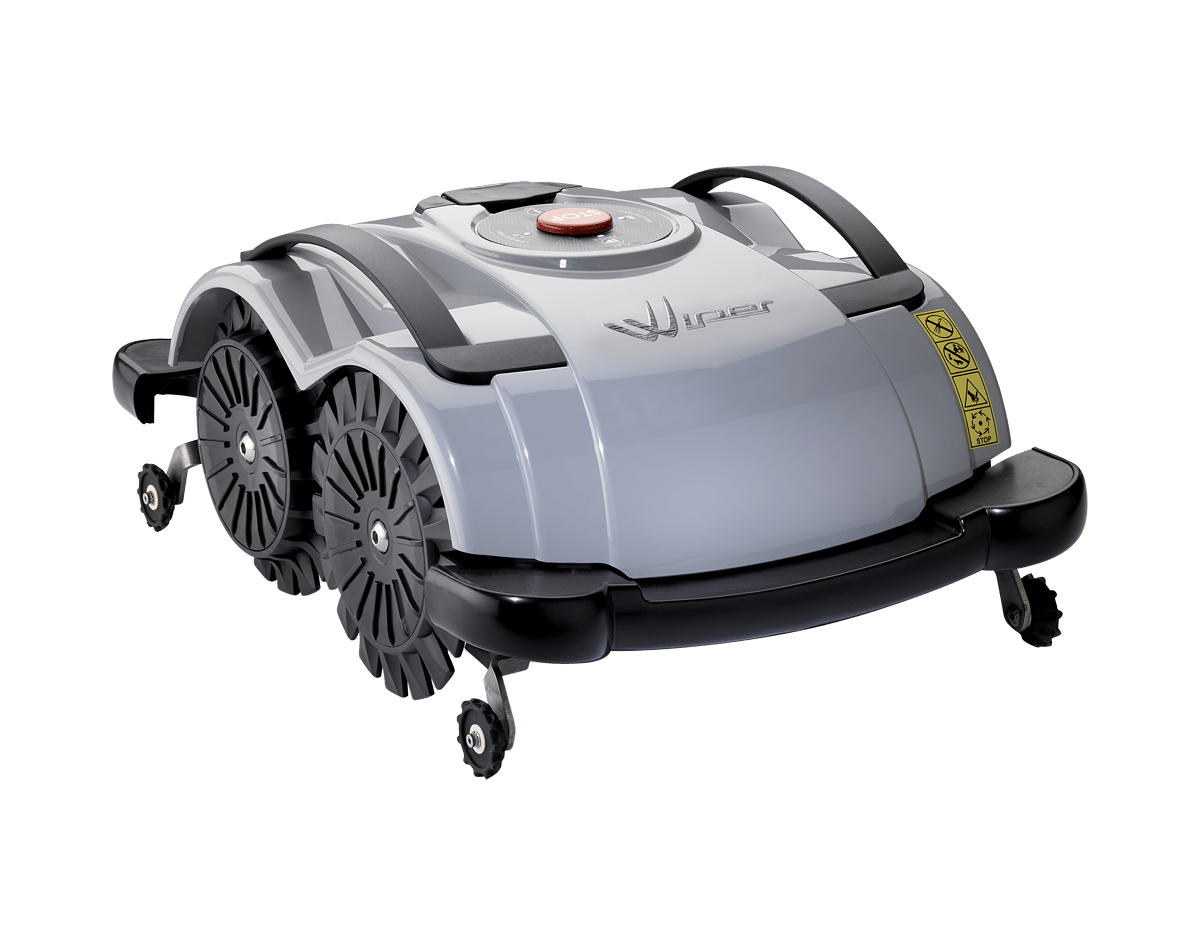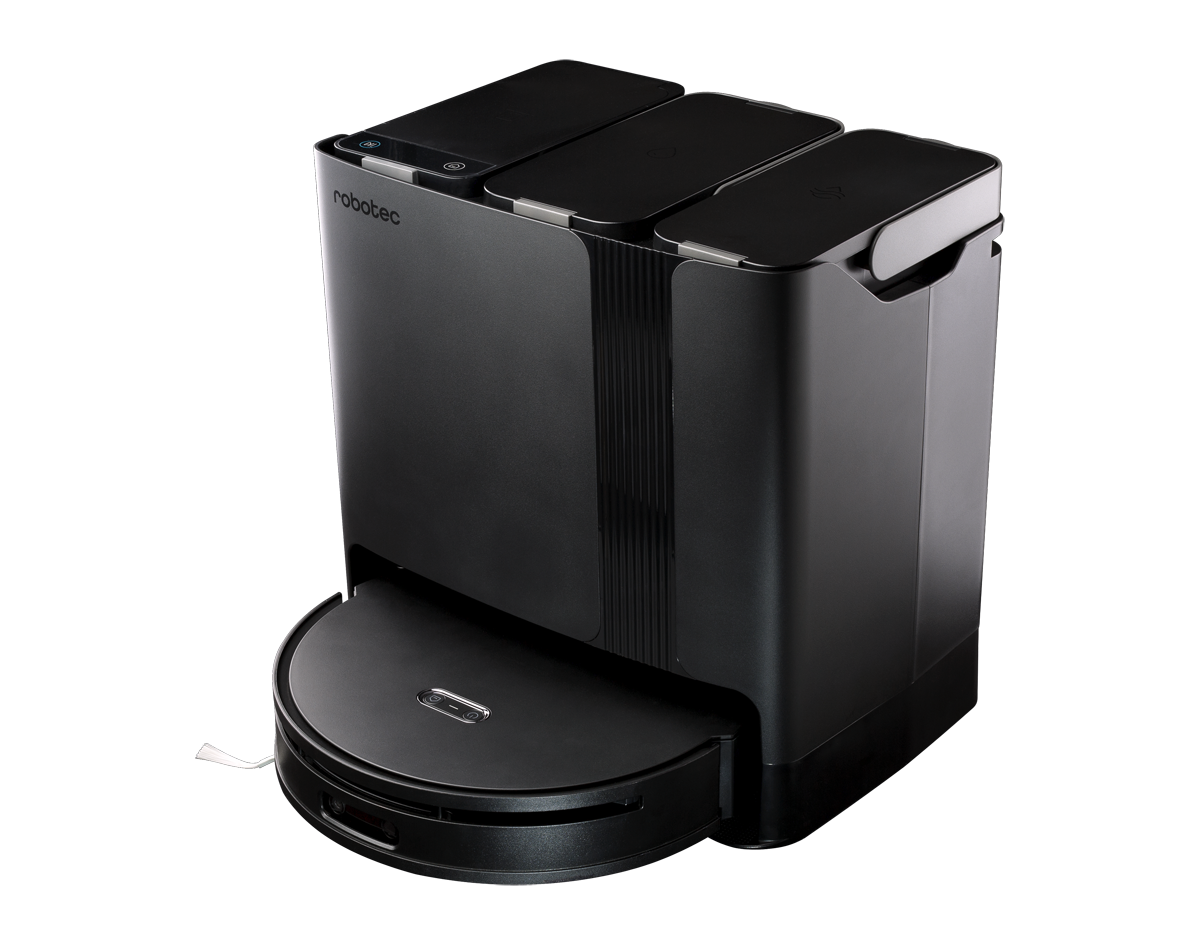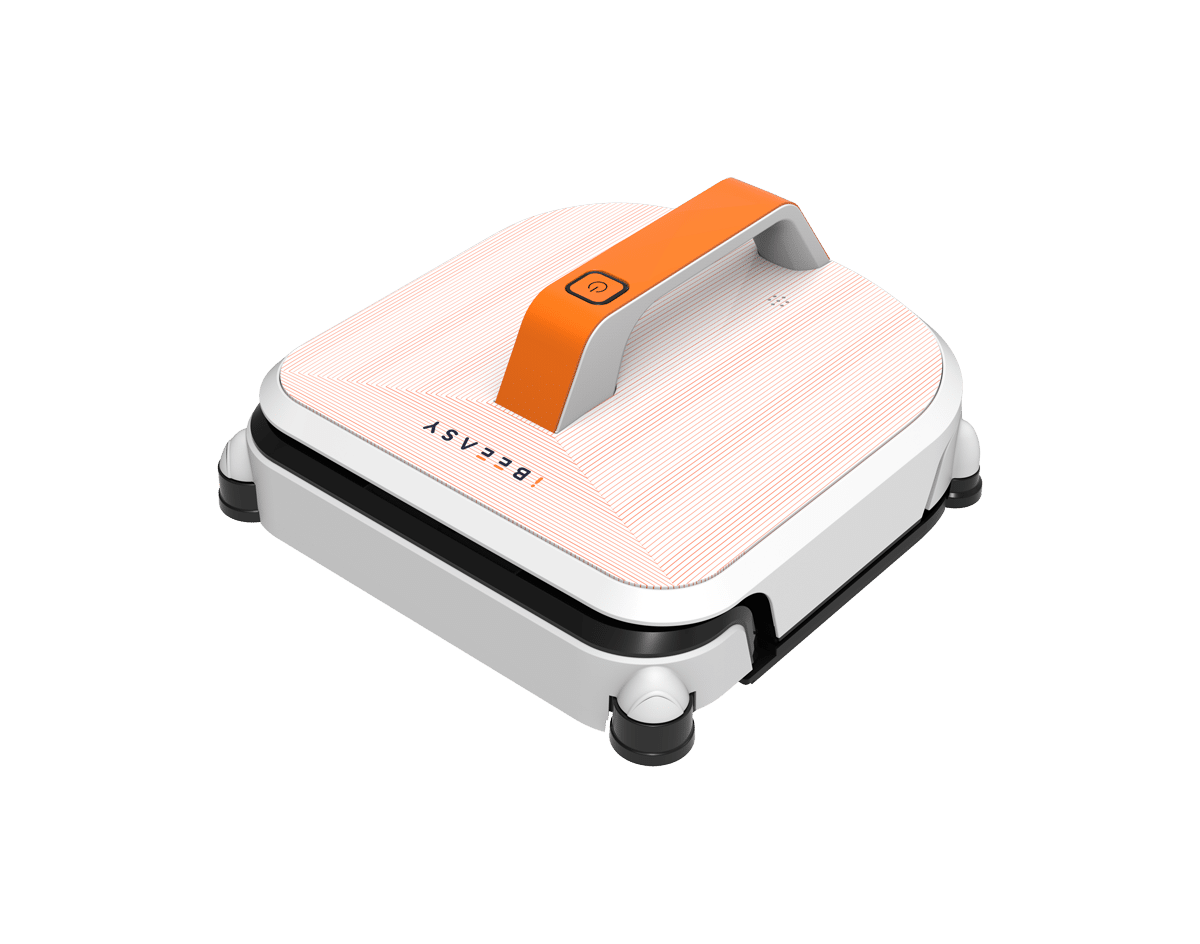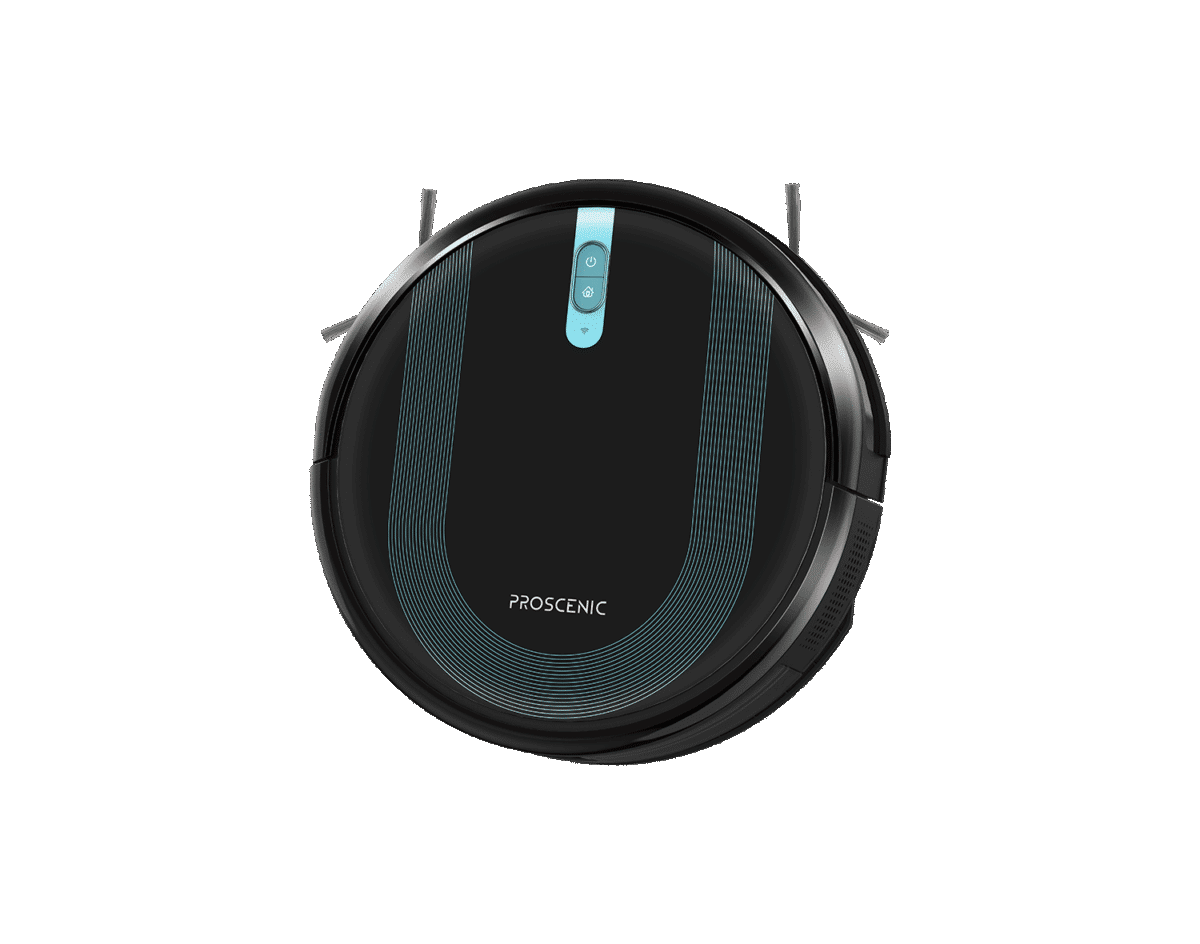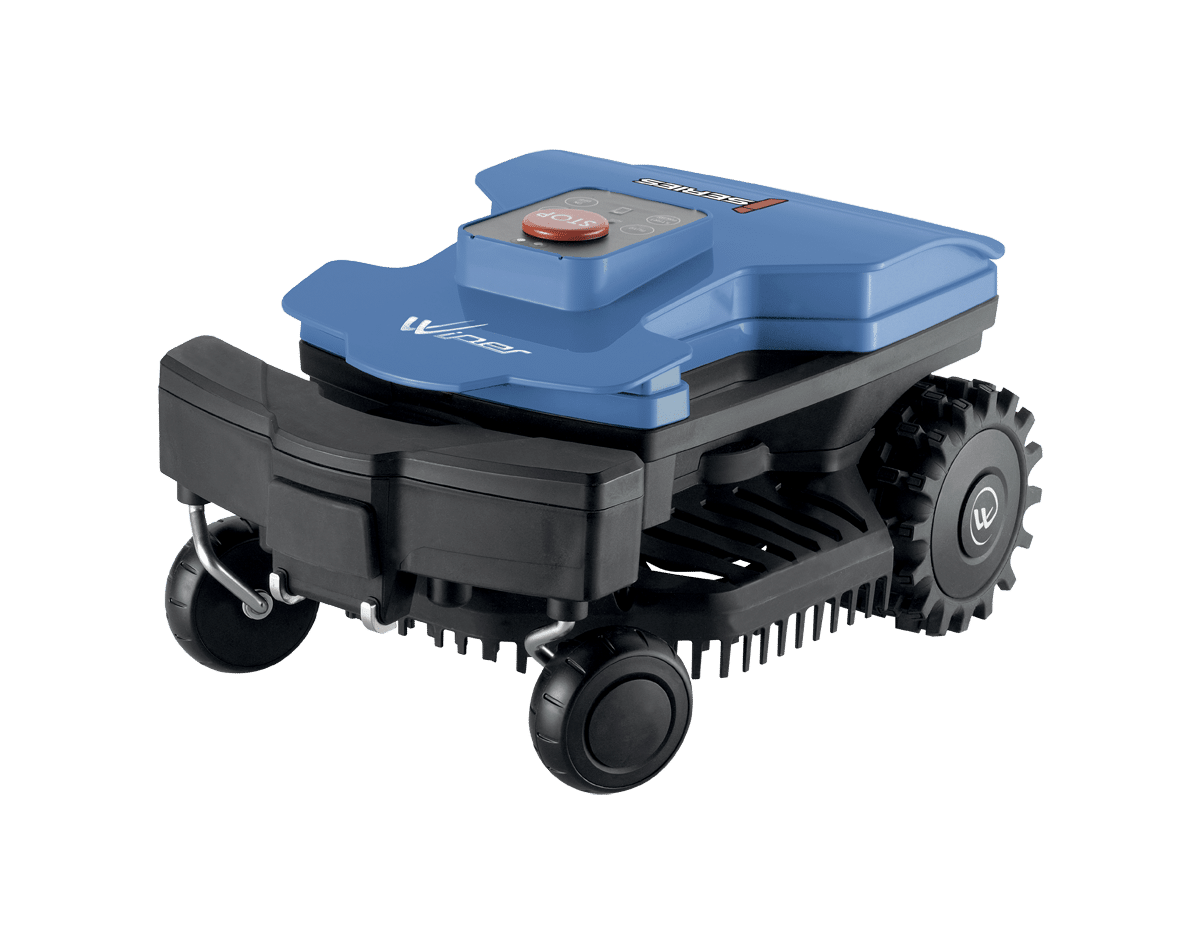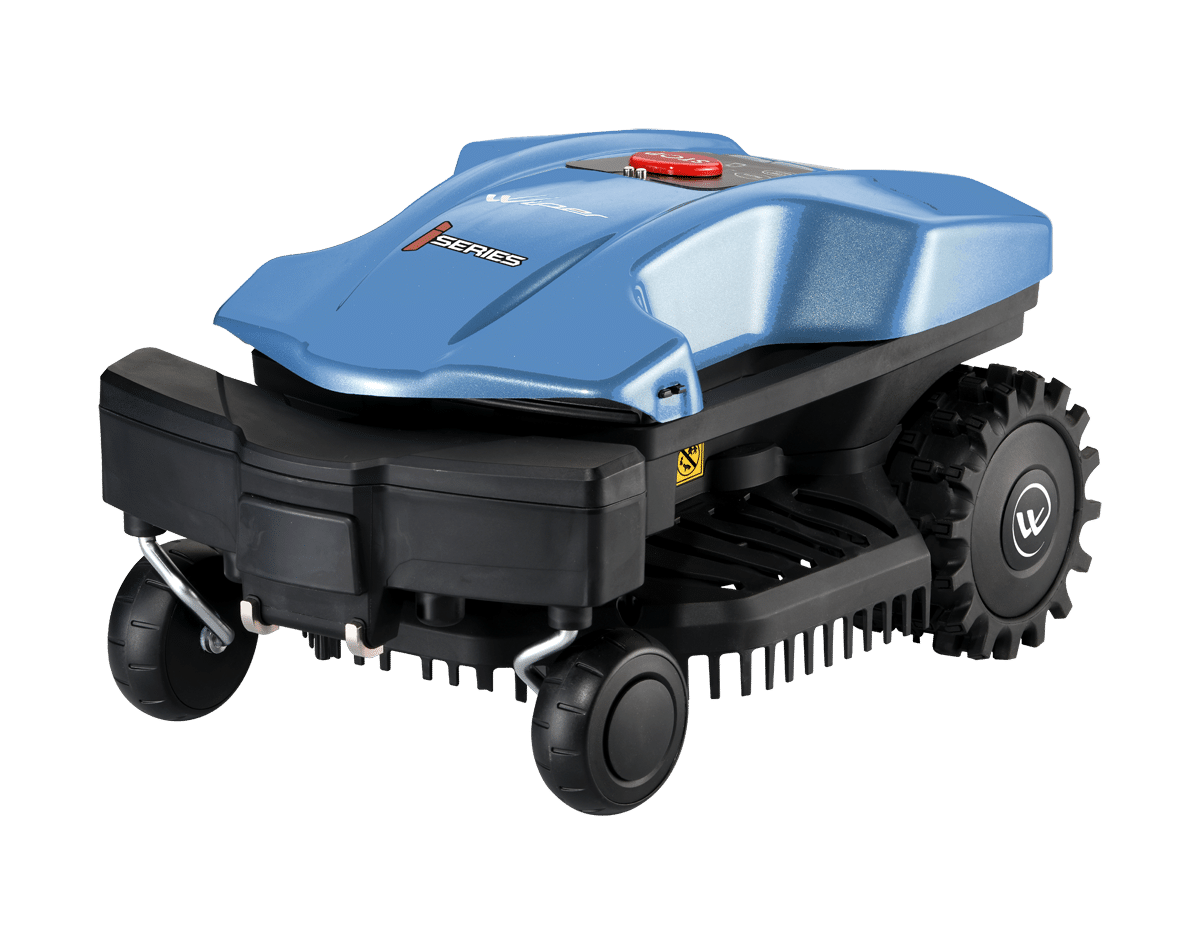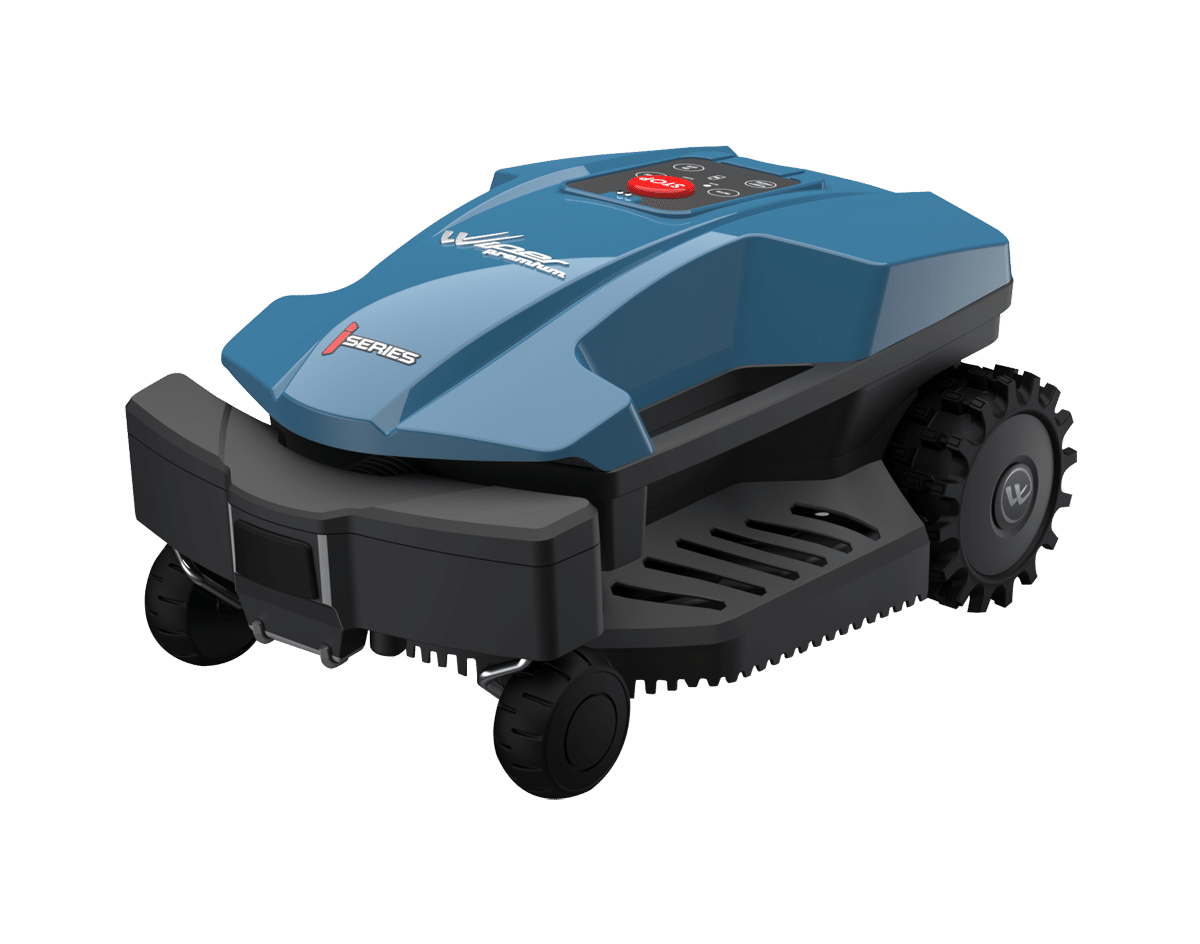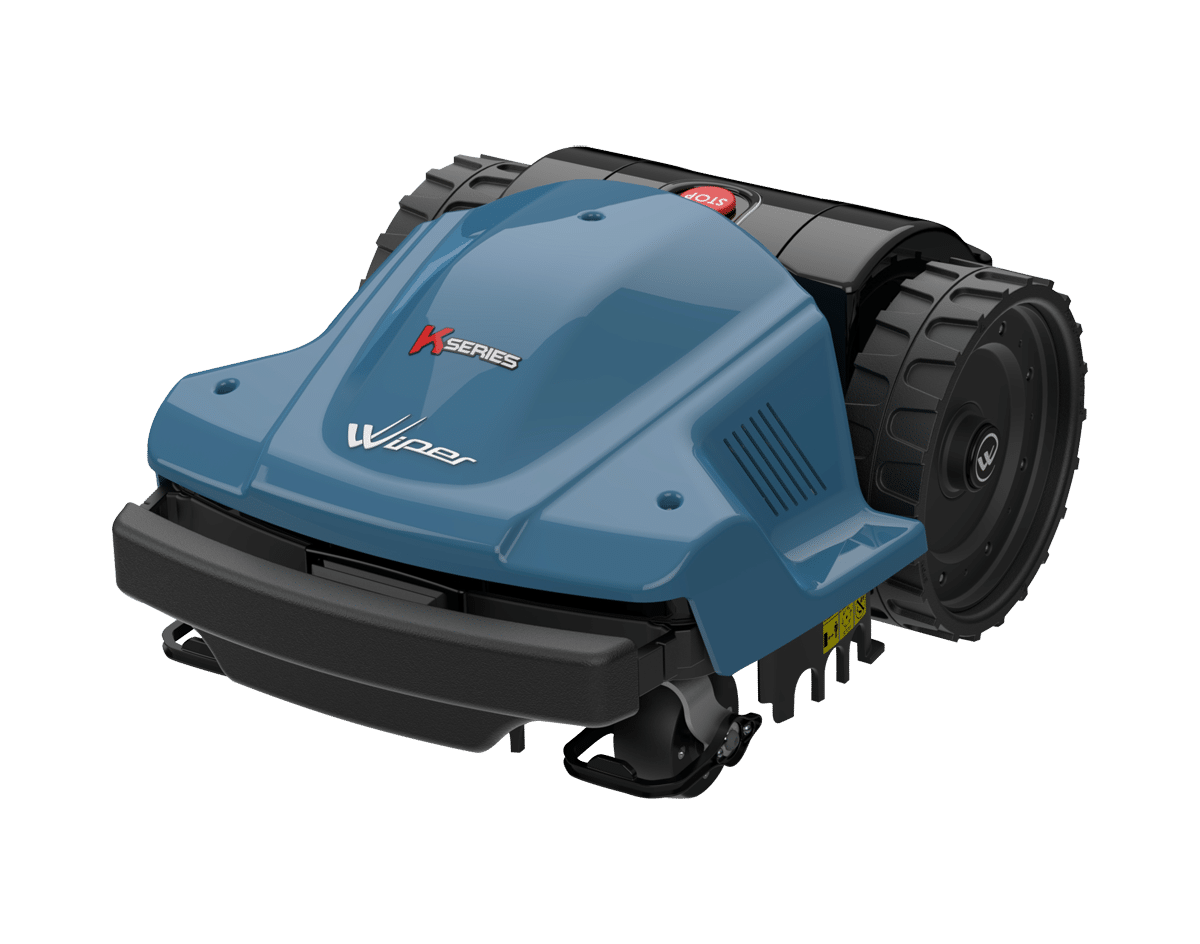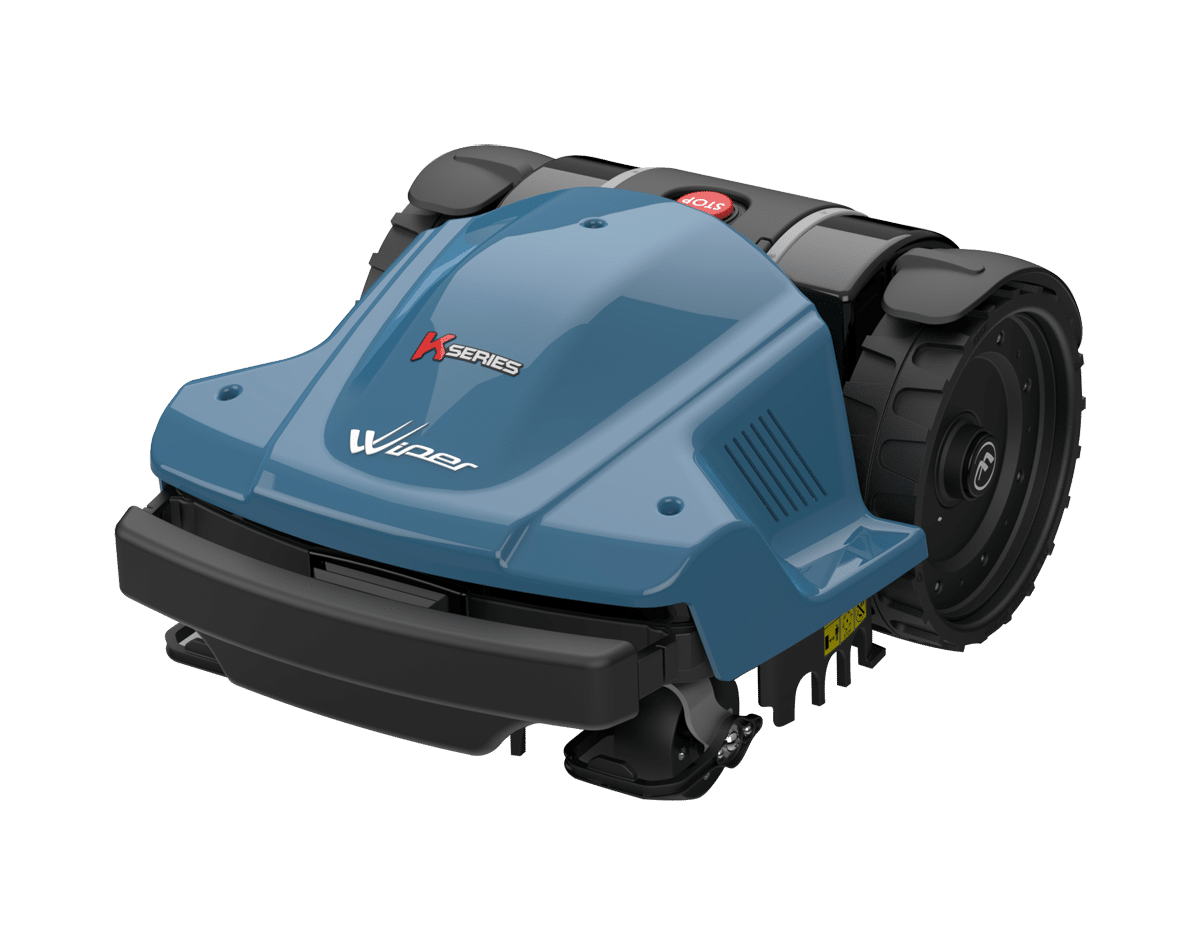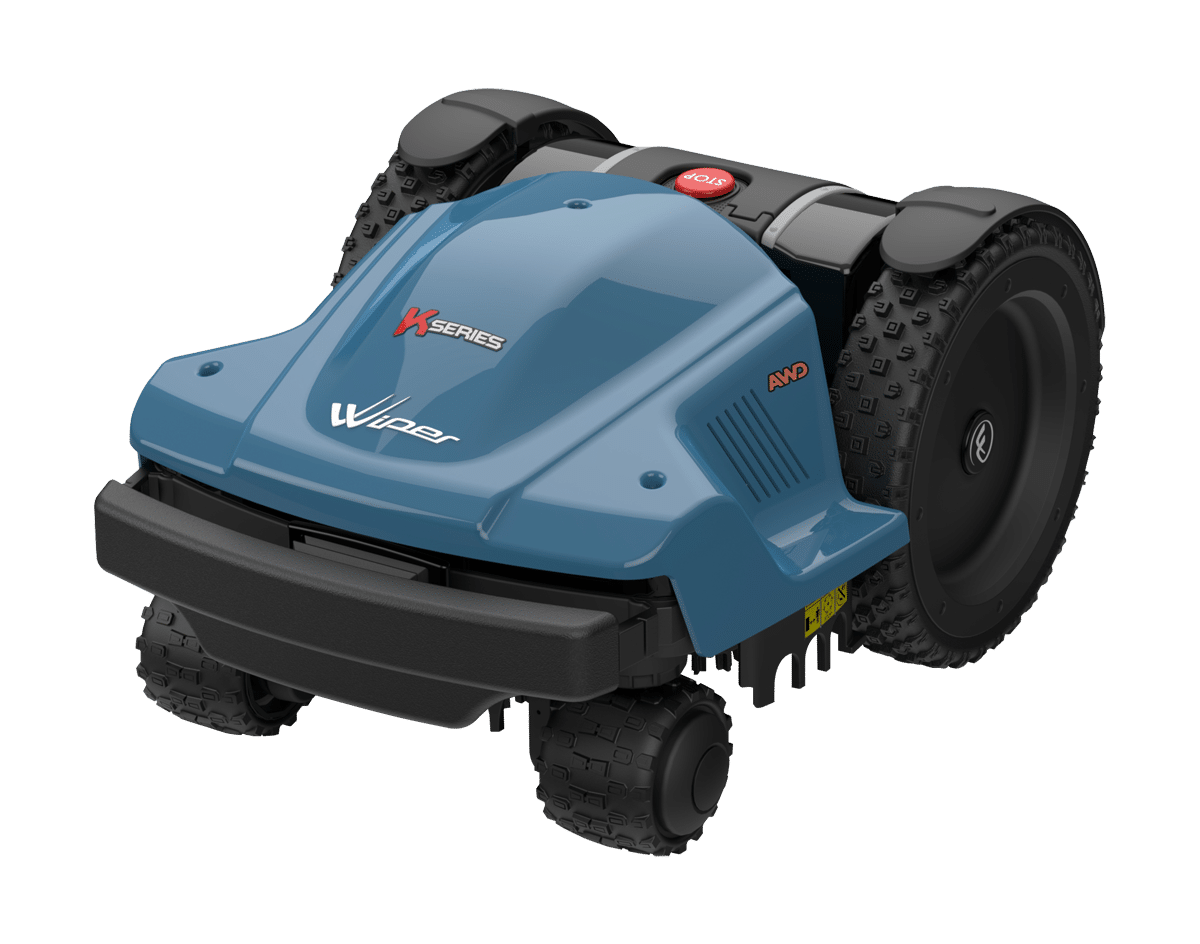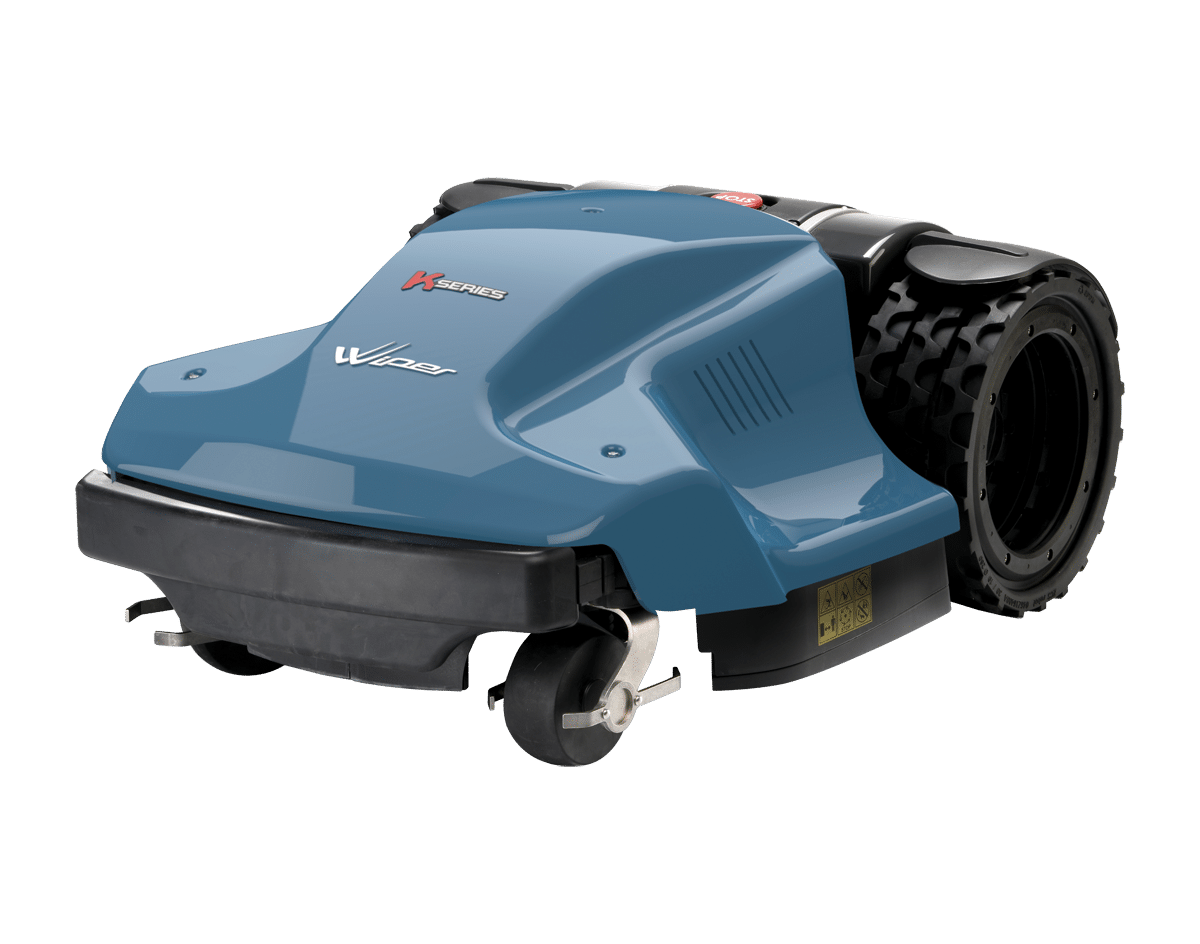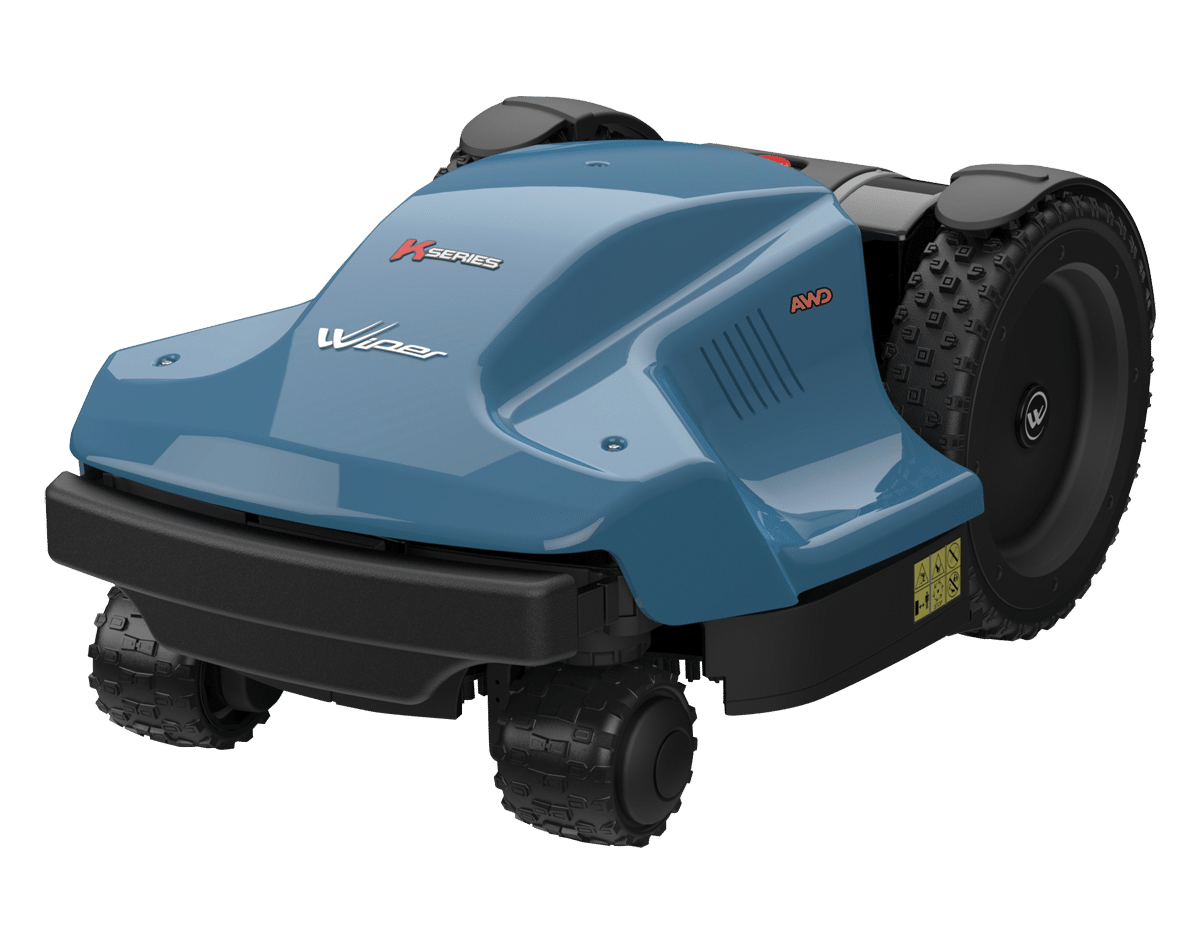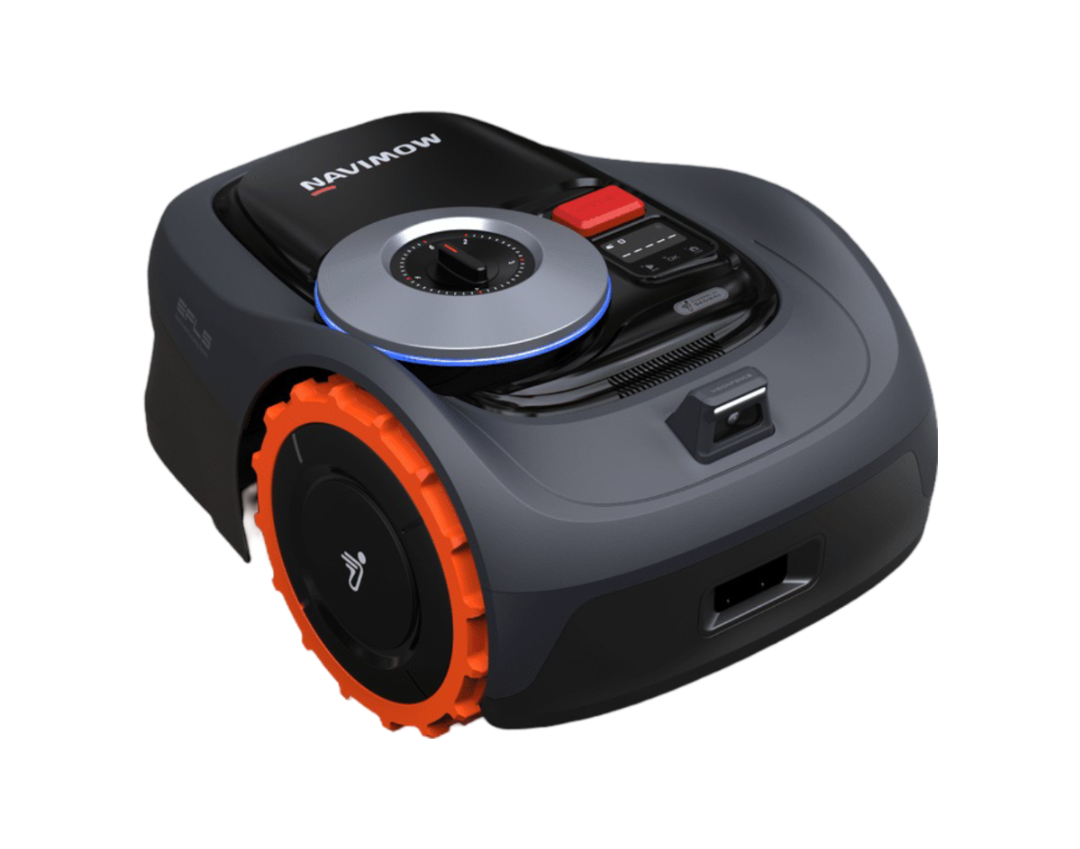We are the importer and seller of Wiper robotic lawn mowers. Wiper robotic lawn mowers have been conquering lawns for 20 years now. Their strengths lie in innovation, cutting-edge technology, maximum mowing power, and efficiency. Only high-quality materials have been used in the construction of these robot lawn mowers, and they are designed and manufactured in Italy. Stylish design and quality are guaranteed! Wiper robotic lawn mowers are environmentally friendly and easy to use.
Have any questions? Call or email us at +372 53848289, info@robotec.pro, or request a price quote here.
Showing 1–12 of 14 results
More About Robot Lawn Mowers
Why does a robot mower move chaotically while mowing?
In fact, not all robot lawn mowers move completely chaotically while mowing. Some robot lawn mowers do use an algorithm that makes them move in a seemingly random pattern, but not all of them. It's important to differentiate between models with GPS modules and those without.
Wiper robot lawn mowers without GPS modules move around the mowing area completely randomly, but there's no need to worry about missing spots because with sufficient and continuous operation, they will eventually cover the entire lawn.
Models with GPS modules divide the mowing area into virtual 2x2-meter squares. If a robot mower has already mowed and moved in spirals within a specific square in the last three days, it will drive straight through that area to find recently unmowed squares.
Customers have often asked us why their (GPS-enabled) robot lawn mower initially made multiple spirals. The explanation above addresses that question.
If you notice that your Wiper robotic lawn mower with a GPS module is moving too much in straight lines, you can reduce its working hours according to the initially set schedule. This will save on the robot lawn mower's operating hours and reduce unnecessary wear and tear. However, keep in mind that every situation is unique, and adjusting the working hours may affect the lawn's appearance. Adjusting the robot lawn mower's working hours is a matter of experimentation and fine-tuning.
How does a robot lawn mower choose the mowing area?
Some robot lawn mowers don't choose and simply move randomly, as mentioned above, using completely random movement and mowing patterns.
Smarter machines, on the other hand, use GPS assistance to select the mowing area.
In addition to GPS, Wiper robot lawn mowers can recognize when they have entered an area with dense and overgrown grass. When this happens, they automatically switch to a spiral cutting mode, regardless of whether the virtual area has been mowed in the last three days or not.
The ability to adjust its mowing pattern based on grass height is an advantage of Wiper robot lawn mowers. Recognizing taller grass and switching to a spiral mowing pattern is possible due to the increased resistance encountered by the mower's blades.
Do all trees and shrubs need to be bordered with a boundary wire?
The need to border trees, shrubs, and other objects is determined by our experienced installer on-site. A general rule of thumb is that hard objects that won't damage the robot mower or themselves can be left unbordered.
For example, mature trees or shrubs with strong trunks should be fine without a boundary wire. However, it's important to ensure that the branches don't hang too low and interfere with the robot mower's operation. Young trees without protective support should be bordered with a boundary wire to prevent any damage.
Object separation is achieved by burying the perimeter wire and the return wire under the lawn's surface, meeting at the base of the tree. This "cancels out" the signal, allowing the robot mower to move freely over the boundary wire. The signal remains intact around the bordered tree, preventing the robot mower from colliding with it.
The biggest enemy of a robot lawn mower is tree roots. The machine may get stuck or damage its blades when encountering exposed tree roots. Therefore, you should either separate or cover protruding roots with topsoil.
Regarding common obstacles that need to be considered during installation or afterward, trampolines and swings with horizontal supporting legs on the grass can pose a problem. The robot lawn mower can run into these legs and damage its blades. A solution could be to dig the legs into the ground or add boards around the legs to redirect the robot mower.
Vertical metal legs are not an issue, as the robot mower can easily bump into them without problems.
Why isn't the robot lawn mower starting to mow?
If the robot lawn mower is not starting its work, you should first determine whether it is scheduled to mow according to its programming. If you have verified that the mower is scheduled to mow and it doesn't display any error messages but still refuses to leave the charging station, you should check whether the robot lawn mower is in automatic or manual mode.
Automatic mode means that the robot lawn mower should always operate according to its schedule. If the mowing time exceeds one work cycle of the robot, it may go back to the charging station for a recharge before continuing its work.
Manual mode means that the robot mower does not operate according to the schedule but waits for a command to start working, either through a mobile app or a control panel.
Once you've ensured that the mower has the correct schedule and is set to automatic mode, check if the "eco" mode is enabled. The "eco" mode is designed to optimize the robot's mowing time by avoiding areas where it has encountered little resistance in the past. If your lawn is large or you prefer a different approach, you can adjust this setting according to your preferences.
Lastly, check if the rain sensor is turned on. If the rain sensor is active and detects rain, the robot mower will either delay the start of its work by 2 or 4 hours or skip the work cycle entirely, depending on your settings.
It's also worth noting that if the charging station is located in a sheltered and damp area, it might sometimes mistake morning dew for rain and stay inside. If you've tried all of the above steps and the robot mower still isn't starting, consider turning off the rain sensor temporarily to see if that helps the robot mower get to work.
Can the robot mower work in the rain?
Yes, robot lawn mowers can work in the rain, but you should keep in mind that in wet conditions, more debris can accumulate underneath the robot mower, especially during heavy rain. So, you may need to clean it more frequently.
Having a rain sensor is advantageous for maintenance purposes. Wiper robot lawn mowers are all equipped with rain sensors, which means that when it starts raining, they will return to their charging station and wait for the rain to stop. Many other robotic mower manufacturers do not include rain sensors.
One drawback of mowing in the rain is that the robot mower can struggle on slippery surfaces and may get stuck in certain areas. Therefore, it's beneficial if your new mower is equipped with a rain sensor.
How should you care for your robot lawn mower?
In addition to seasonal maintenance tasks that should be performed between seasons, it's a good idea for every robot lawn mower owner to occasionally clean the mower from underneath.
The frequency of cleaning the machine largely depends on the operating conditions. If your lawn conditions are favorable for grass growth and the grass is dense and constantly growing, you should turn the robot mower upside down and use a brush to remove excess dirt at least once a week.
The wetter the weather and the more loose soil you have on your property, the more often you should clean your robot mower. In dry or normal conditions, cleaning the robot mower once a month should suffice. However, it's a highly individualized process, and, as mentioned earlier, it varies from case to case.
How often do robot lawn mower blades need to be replaced?
Replacing the blades on Wiper robot lawn mowers is very simple and can be done by anyone. To replace the blades, you should loosen four screws and then proceed with the blade replacement.
Blades on Wiper robot lawn mowers can also be sharpened if they have become dull. Unlike most other robotic mowers, Wiper robot mower blades can be sharpened, so you don't need to replace them if they have dulled over time.
Some Wiper robot lawn mower blades have the additional advantage of being sharpened on both sides. If a blade has maintained its original shape but has become dull, you can simply flip it over, and it will work like new.
Are robot lawn mowers safe for families with children and pets?
Accidents can happen, but generally speaking, robot lawn mowers are quite safe. Wiper robot lawn mowers are equipped with sensors that stop the mower and its blades when they encounter an obstacle and when the front of the mower is lifted.
However, it's essential not to let small children play on the lawn while the robot mower is operating. The golden rule is that the robot mower should operate when no one is on the lawn, such as during the night.
You can also purchase an Amico Bluetooth device for Wiper robot lawn mowers. This device ensures that if the robot mower approaches a pet, it will stop its blade motor and only restart it once the pet has moved away. This feature provides maximum safety for all four-legged friends.
Does a robot lawn mower eliminate the need for manual mowing in the garden?
Yes, if all areas of the garden, flowerbeds, and other obstacles are bordered with a boundary wire. If the boundary wire is laid along the edges of obstacles, the robot lawn mower will drive over it with its wheels, allowing it to mow the grass along the edges effectively.
In most Estonian homes, there is no border wire installed along the edges of the garden, so you may still need to use a manual trimmer occasionally.
Additionally, when installing the perimeter wire, you should ensure that the distance between cables is at least 70 cm. If the cables are too close together, the robot mower may not be able to mow in those areas. In such cases, you can either border those areas with cable or adjust the spacing between the wires.
How should you store robot lawn mowers during the winter?
For winter storage, place the robot lawn mower in a dry location where the temperature does not drop below freezing. It's important to fully charge the mower's battery before storing it and recharge it at least once during the winter break. It's a good practice to charge it a bit every couple of months.
For more information on winter storage and maintenance, please refer to our detailed guide.
Can robot lawn mowers handle complex properties?
Complex properties may require an expert assessment before installation, but based on our experience, there is no property where a Wiper robot lawn mower can't handle the mowing.
However, it's important to keep in mind that the larger the area, the rougher the terrain, and the more complex the installation, the higher the likelihood that the robot mower may occasionally get stuck and require human assistance. This applies to all robot lawn mowers, including Wiper models.
For example, if you have an old farm with a 5000 m² mowing area, various designated mowing zones, apple trees, and uneven terrain, it's advisable to have someone nearby who can help the robot mower in case of any issues, despite the high-quality installation.
In such cases, the choice of model may also make a difference, as some robot mowers perform better in challenging conditions than others.
Can I install robot lawn mowers by myself?
Yes, you can install a robot lawn mower yourself if it's a simple installation that doesn't require a lot of wire beyond the perimeter wire. The user manual provides all the necessary guidance for a straightforward installation, and with some attention to detail, it should be manageable for anyone.
However, for more complex installations that involve multiple zones, complex layouts, or significant cable lengths, it's recommended to have the installation done by professionals, especially when purchasing a Wiper robot lawn mower.
We offer a selection of high-quality and highly capable robot lawn mowers from the Wiper brand. With features such as up to 8 mowing zones, long-lasting batteries, rain sensors, and many other advantages, we can confidently say that you'll find a robot lawn mower suitable for any property with us.
Now, go ahead and choose the robot lawn mower that suits your needs or feel free to reach out to us with any questions through this form:

